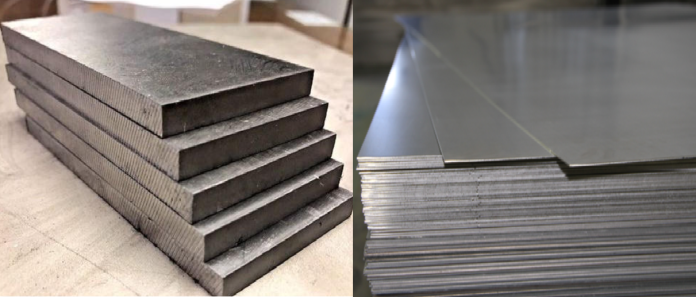To ensure the quality of the product, plating companies have a rigorous quality inspection process. The quality control for titanium plates begins when the raw material is received and ends when the product is delivered to a customer.
As for quality control in a titanium plate, there are two dimensions: visual and dimensional variance. Dimensional variance is usually measured on the cross-sections of identical plates using an analytical microscope and a precision micrometer. Visual inspection involves observing the surface finish at 200x magnification using a magnifier or loupe.
The Importance of Quick and Efficient Titanium Plate Quality Control
Titanium is a very important metal, and as such, it’s importance increases as the world continues to advance. For this reason, it is crucial that titanium quality control be done efficiently and quickly.
To ensure that their product keeps its quality level at a peak, manufacturers need to make sure that they are doing an effective job with the titanium plate quality control process. It starts from the beginning when they produce the material and doesn’t stop until they ship their product to customers or clients.
While traditional methods require time-consuming and expensive factory inspections, automated inspection systems can be used instead to provide on-demand quality control services in real-time. Using AI software, these inspections can be performed in less than a minute!
So the importance of quick and efficient titanium plate quality control is twofold: on one hand, it reduces waste, while on the other it helps increase productivity. This can be attributed to the fact that errors are detected in time before reaching production quantities which prevents wasting time as well as money from having to rework these defective
The Best Time-Saving Tool for Manufacturing and Shipping Titanium Plates
The time it takes for manual labeling is 3 times time-consuming than the process with guided labeling system. In this context, “time-saving” refers to the amount of time it takes for manual operations; whereas, “time-consuming” means how much time it takes for automatic operations. It’s clear that guided labeling system is more efficient than manual labelling since 3 times faster label processing is achieved with an automated labeled method.
In order to help the manufacturing and shipping of titanium plates, using a guided labeling system reduces time and costs. This is because the process of manufacturing and shipping titanium plates is complex. Currently, it takes a lot of time and expertise to manually label each plate with the correct part number onto them. This becomes difficult when more than one person is involved in labeling, as they would need to communicate amongst themselves during labeling and manual errors can also occur during this process.
A guided labeling system has been created that helps with the labeling process by offering labels that are already pre-printed with the correct part numbers on them. These labels are easily attached to plates which allows for faster production.
So you have a guarantee of quick deliveries and customized outputs if you ordered your titanium plates from the world’s reknown titanium manufacturers; such as HeleTitanium Materials and Engineering.

